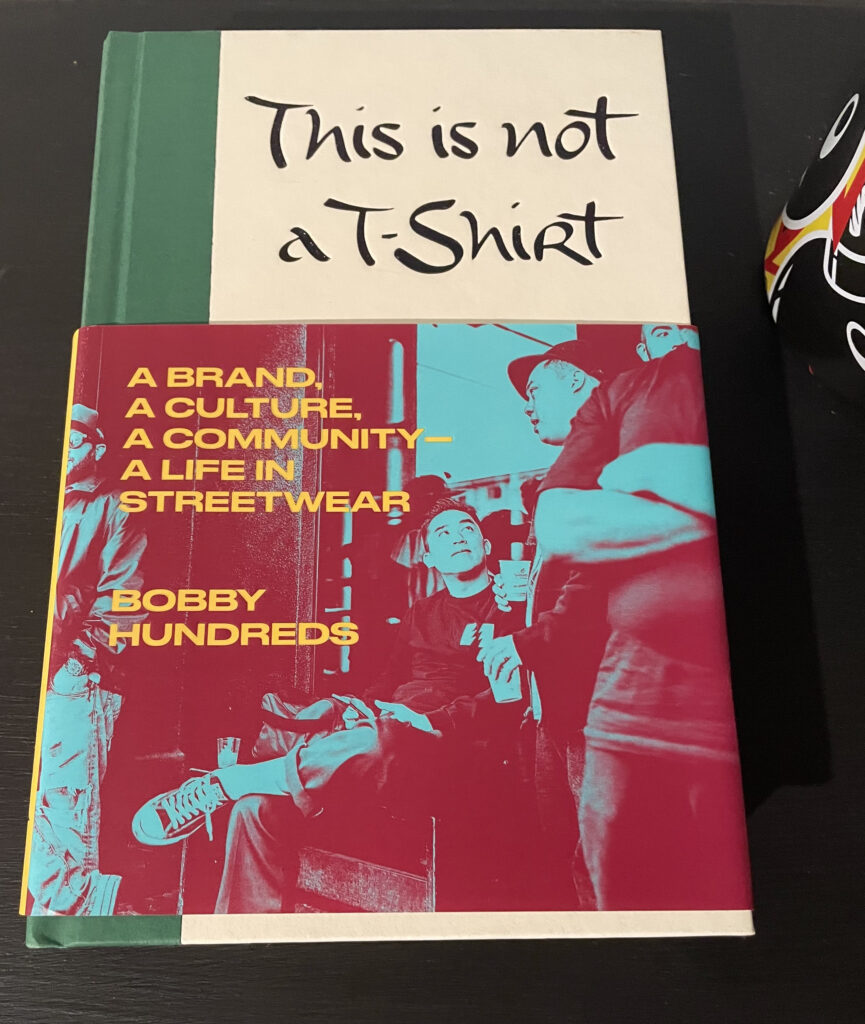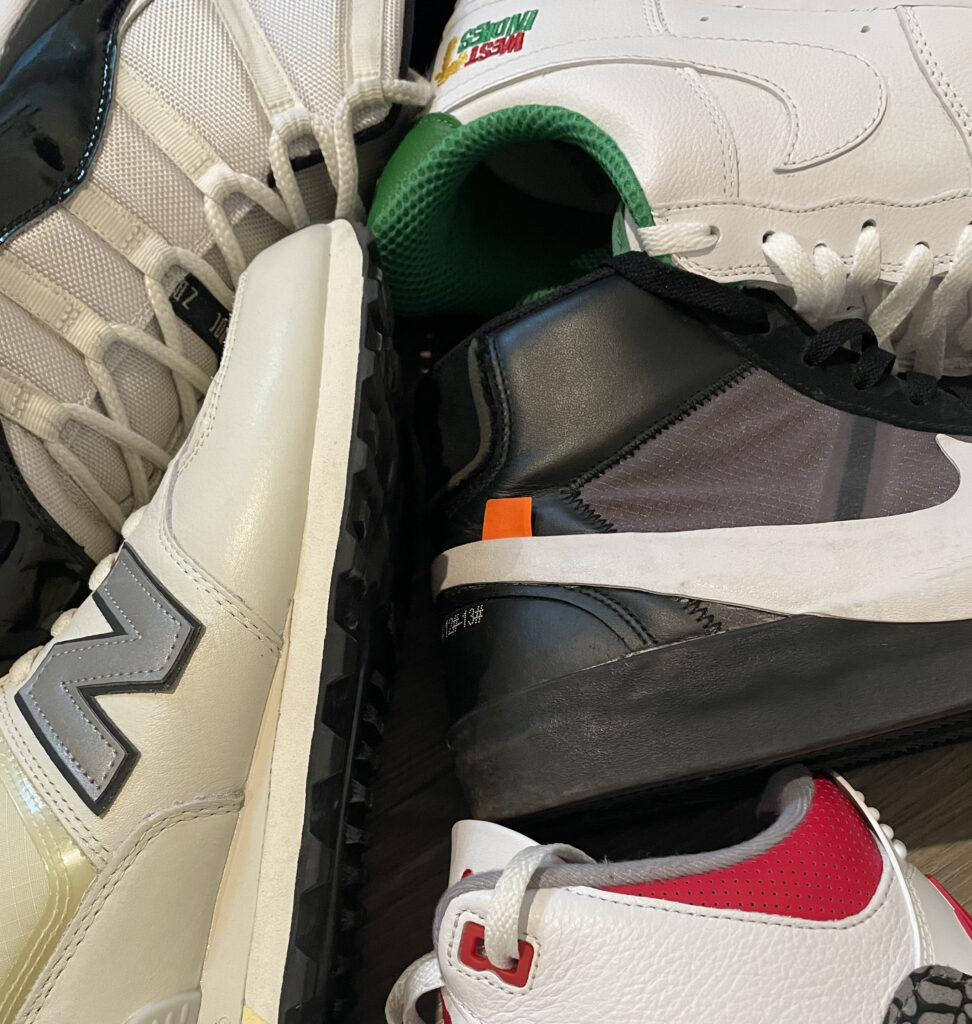Streetwear has been around for over thirty decades now. Although the current state of streetwear differs greatly compared to its humble beginnings, the culture generally remains the same. Individuals consider streetwear in style because of its freedom of expression. Most people don’t want to feel confined, especially with the clothing they wear day in and day out. However, streetwear has noticeably slowed down in terms of consumption in the recent past.
More niches in streetwear pop up every year. Certain aspects are borrowed and directly influenced from other subcultures. Even some of the largest streetwear brands must make major shifts to keep up with the ever-changing state of fashion.
Streetwear Origins
It only makes sense to start a narrative in chronological order. Streetwear as it as known today originated in the late 1970s/early 80s. The subculture took original inspiration from New York hip-hop culture, surf/skate and graffiti cultures in Los Angeles, as well as influence from Japanese street fashion. By the early 90s, streetwear became a global phenomenon. Young individuals all over the world looked to dress more comfortably and casually; people started to “dress up” t-shirts and sweatshirts that were once meant only for gym/athletic purposes.
Punk, new wave, heavy metal, and sportswear and workwear influenced the early beginnings of streetwear as well. Streetwear has remained in style because of its diverse background; countless people are able to find something they like in some aspect of streetwear.
Supreme and Bape are some of the most noticeable and well-known streetwear brands. Although they were not first in the industry, both major labels have paved the way for countless brands.
Stüssy is widely known as one of the most influential streetwear brands of all time. Shawn Stussy manufactured surfboards in California in the 1980s. He inscribed the boards with his signature and later began to sell clothing with the soon-to-be iconic logo. Stussy and Frank Sinatra Jr. (not related to the singer) partnered in 1984 to start selling the apparel. Since then, the streetwear brand has reached virtually every corner of the world and became a well-known global brand.

Other streetwear brands started off similar to the likes of Stüssy. The Hundreds is another label that started off with two individuals with a strong passion for streetwear. Bobby Kim and Ben Shenassafar, two law school classmates, founded The Hundreds in Los Angeles in 2003. Numerous streetwear labels have come from humble beginnings before amassing a considerable following.
New York and Los Angeles are undeniably hotbeds for streetwear labels. The West and East Coast both influence streetwear in dramatically different ways; they bring key complementing aspects to keep streetwear in style for multiple decades.
Considerable Streetwear Shifts
Like any subculture, streetwear is no stranger to key changes and shifts. Over numerous decades there are sure to be countless periods of evolving states and times.
Enthusiasts and casuals consider streetwear in style because of its adaptive culture. One year may be full of skinny jeans while the next brings flared and wide-leg pants. Nobody will ever know which trend sticks around for the long run.
One considerable shift in streetwear is the push towards more vintage and “aged” looking pieces. Countless streetwear enthusiasts used to prefer fresh, out-of-the-box looks (many still do) and now many have swayed towards the distressed and vintage trend.
Another noticeable trend in streetwear is the shift away from jeans. Obviously jeans of countless styles will always be in demand in the fashion world. However, streetwear has witnessed a visible move towards pants outside of denim. Cargo pants, track pants, and flared pants are all in right now. They can even be dressed up in certain cases and look as good, if not better than jeans.
Fashion constantly undergoes a multitude of shifts and changes over the years. Subcultures change as new trends and subcultures intervene with one another. Streetwear and vintage have heavily influenced each other which directly explains why the “aged” look has been hot in the recent past.

Streetwear will never be a stranger to adaptation and innovation. Expect the unexpected in any realm of fashion.
Is Streetwear in Style Forever?
At the end of the day, streetwear will be most popular amongst younger crowds. The same population often influences trends coming and going.
Subcultures in any realm tend to peak and then plateau before becoming mainstream. One can argue that streetwear is quickly becoming mainstream, if it hasn’t already. After a subculture makes its way to the masses, brands usually start shying away from their true identities in order to appeal to a larger crowd. The most successful streetwear brands are those that find a middle ground between appealing to a considerable following while not alienating the hardcore enthusiasts.
Who knows if streetwear will be as in demand in only five or ten years from now. Only time will tell the fate of fashion and streetwear as a whole. Nothing lasts forever, but it feels like the influence of streetwear will continue for multiple decades to come.

Everything is very open with a really clear description of the issues. It was definitely informative. Your site is useful. Thank you for sharing!